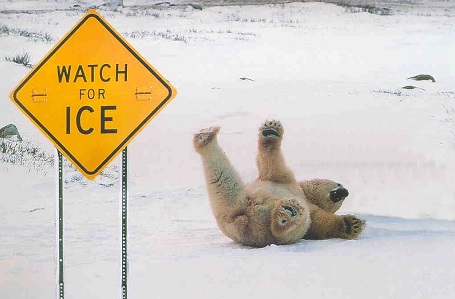
Do Your Part to Combat Ageism
My last post, Exploring and Overcoming Your Own Biases, reflected upon implicit or unconscious biases, how they are engrained in our brains, and how we can begin to overcome those biases – intentionality, learning about yourself and your biases, and putting yourself in uncomfortable spaces with the goal of learning and growing. I encourage you to take a few minutes to read that before continuing this post.
On to ageism…
Put simply, ageism refers to assumptions made about people based on how old they are. In my field of work, aging, the term ageism is typically directed at how we discriminate against and treat older people differently than those that are younger. However, ageism can be present no matter one’s age and is also prominent against youth, teens, and “those kids these days.”
Regardless of one’s age, ageism can have significant impacts on one’s physical and psychological health and well-being. In the context of older adults, individuals who internalize ageism – or think that they can’t do certain things or act certain ways because of their age – are shown to have significantly shorter life expectancies, reduced access to health care, and higher rates of depression, to name a few.
More broadly, ageism can have considerable impacts on society, as well. Research shows that 1 in 7 dollars spent on the mostly costly medical conditions in the US can be attributed to negative effects of ageism; that’s approximately $63 billion in health-related costs to older adults. You can read the summary of that study here.
Ageism is a large area of study and there are a myriad of implications that could fill a book. Alas, let’s move on to a few ways we can contribute to combatting ageism.
- Work toward changing your responses and reflect. Be mindful of your actions toward older adults – even if that’s yourself! Every time you have an interaction with an older adult, step back and reflect on that interaction. Did you treat them differently than you would someone who is younger than them? Did you treat them the way you would want to be treated as an older adult? What could you do to improve any ageist biases that slipped into your interaction?
- Take a walk in someone else’s shoes. Think about what it would be like to be an older adult who is stereotyped. How would that make you feel and what can you do to make sure you are limiting that in our own behaviors and actions? Practice empathy – it makes a world of difference.
- Purposefully increase your exposure older adults. When we surround ourselves with people who are different from us, we learn more about others and ourselves. Interact with more older adults, even if it’s just saying hello in the grocery store or going out of your way to have more meaningful conversations with older adults in your life. Perhaps you can even get involved in volunteering in long-term care facilities (when it is safe to do so), serving meals to homebound older adults, or engaging in other service projects such as mowing an older adult’s lawn, fixing their stairs, or shopping for their groceries. There’s so much we can do to increase our exposure to people who aren’t like us and help them out in the process.
These are just three ideas of how we can begin to reflect on ageism and begin to make a difference. Call to action: Give one of these a try.



